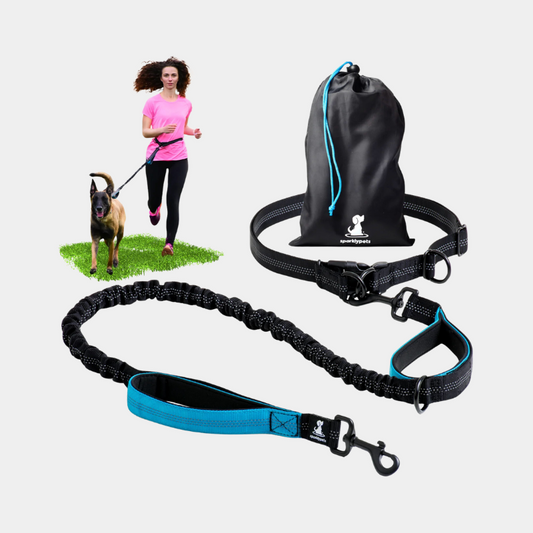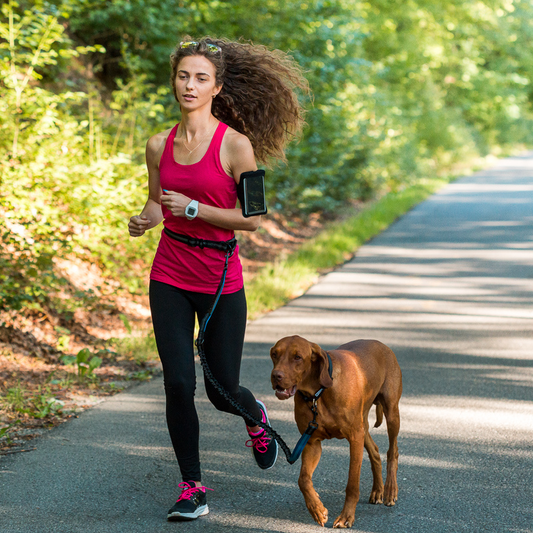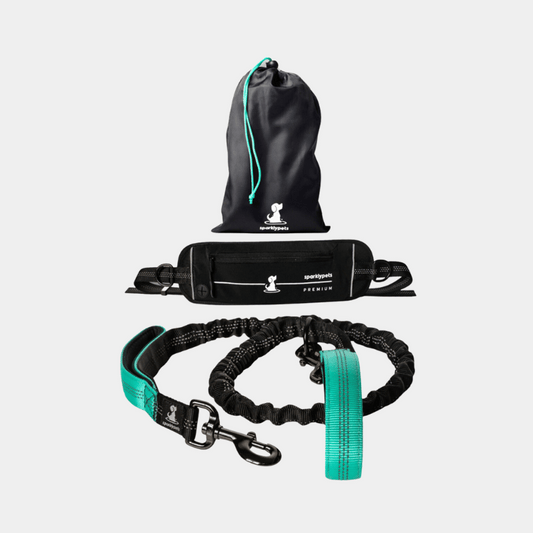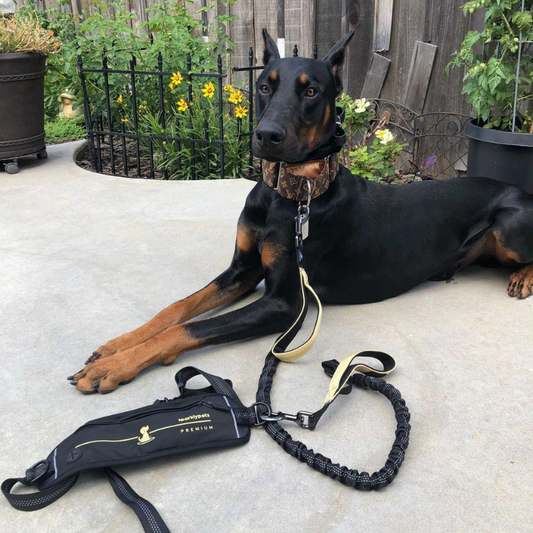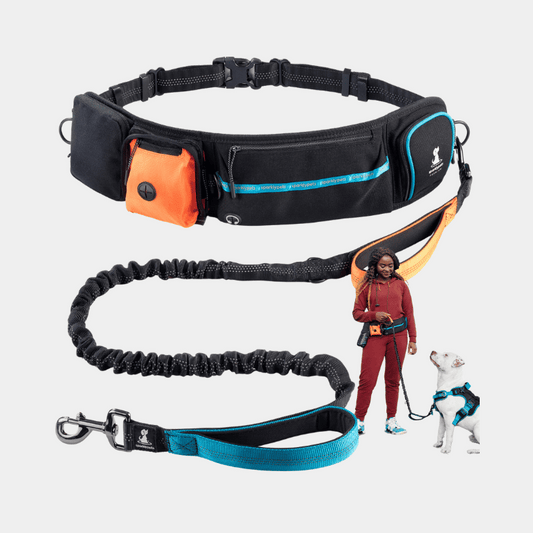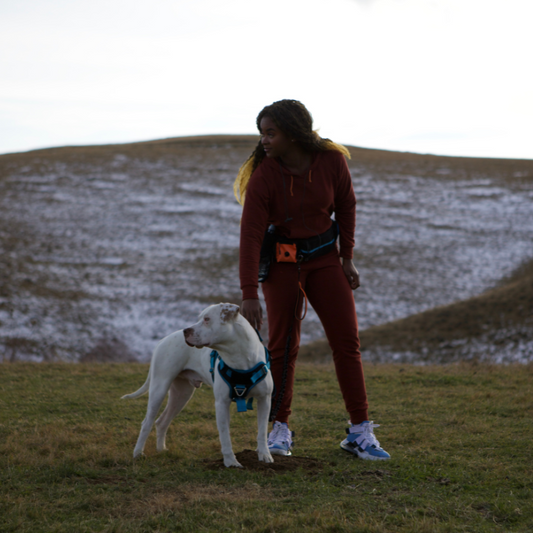Getting a special bond with your dog as well as getting your dog’s interest to peak are a few of the perks of doing dog agility activities. While dog agility has great benefits on the mental and physical state of your dog, it’s best to keep some advice in mind when it comes to training for this activity. In the past we’ve explored a few tips and tricks that can help you get started with dog agility training, but now it’s time to address the mistakes as well. So let’s dive into a few things that you should not do, when it comes to dog agility.
Not reading your dog’s physical and mental state
Dogs are very curious beings, which is why dog agility training can sometimes be a great way to help them explore their curiosity. However, dogs are also individuals, which means that, while some of them can thrive in a controlled and challenging environment, others don’t.
Let’s first take into account the obvious: if your dog is not physically fit or has medical conditions that can prevent him or her from doing the routine safely and correctly, you’re better off avoiding agility, as it can have a negative impact on your dog’s health. You can direct your attention to other forms of training. For example, your dog might be a senior with hip or bone issues. In this cases, intense physical strain is not recommended, but rather should be avoided for the most part.
Going past the physical risks, there is always the possibility that your dog doesn’t find this activity to be mentally stimulating, in which case it will not be fun for them. If you think about it, what's the emotional state you’re in when doing a chore that you’re not enjoying? Dog agility is meant to be fun for both the owner and the dog, and if one of them is not enjoying themselves, then perhaps it’s time for a different activity. That great bond that you always read about, it’s only going to happen if both of you enjoy the activity.
Forceful training
Going hand in hand with the “your dog should enjoy this activity as much as you do” idea from the last paragraph, even if your dog loves agility, there should never be a forceful moment involved in training. The dog should want to do the course obstacles, especially since we’re talking about having fun, aren’t we? If it doesn’t want to do something, there must be a good reason behind it. Your dog may be scared of the height of the obstacle, for instance, in which case, you can work on progression to reassure them that they are able to work on it and improve.

This also ties into your dog’s general confidence level. Making sure your dog is confident in their abilities at all times is key to good agility training.
At the same time, it doesn’t have to be pulling and tugging to be considered forceful training. Repeating the same cue over and over again will not only cause your command to be less than effective over time, but also if your dog’s attention is not on you the first time you cue the command, you should work on grabbing the attention back, instead os repeating your cue.
Consistency is key
Training your dog once a week for agility won’t be enough, especially in the beginning of your journey. In fact, you should avoid training too little, but rather take any and every opportunity you get to do so. If you’re at the dog park and you see something resembling a see-saw, you can get your dog familiar with it and work with it. Using at home or improvised obstacles is a great way of making your dog familiar with the diversity of obstacles in the course. In this case, you can also use the opportunity to work with your dog in different environments, to make him more familiar in focusing during a course, in an unfamiliar place. Use the park, the streets, as well as other places to make sure your dog reacts the same way to your commands, regardless of the surroundings. Keep working on your training as often as you have the chance to, as it will help your dog stay engaged with the exercise and it will quicken response time and agility.
Overall, there are many things that you should consider when doing agility training, but don’t beat yourself up too much for doing one mistake or another. We all start somewhere. As long as you become aware of the mistake and you do your best to correct it in due time, you can consider all of it as working out for the better.
Next Article: Why dogs pull on their leash and how to fix it



